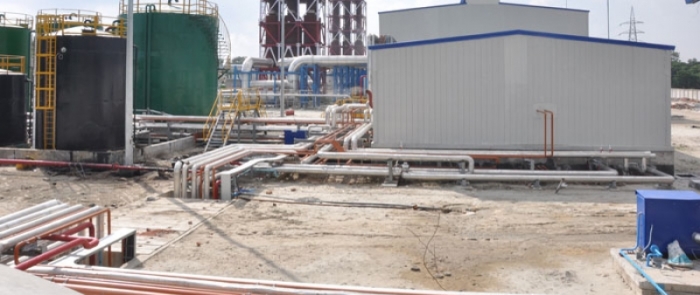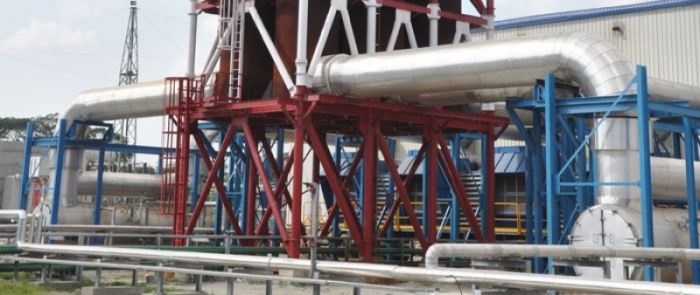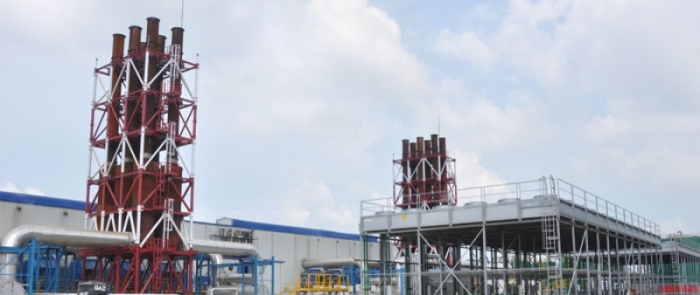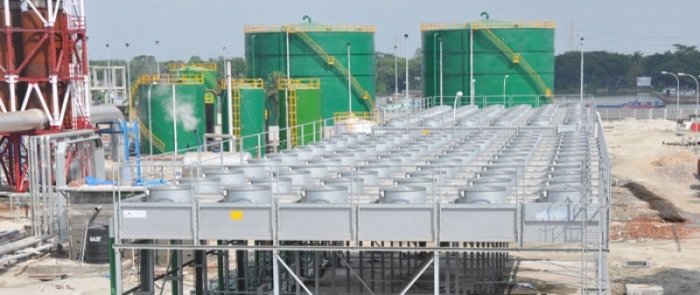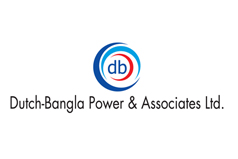Dutch Bangla Power & Associates Ltd.
Production : Dutch Bangla Power & Associates Ltd.
The internal combustion engine is the power source for alternator. Its basic operating principle is that combustion, or the controlled, steady burning of air and fuel in the combustion chamber, creates power that forces components within the engine to move with great speed and force. The motion and force is transferred to the Alternator through components of other systems.
An understanding of the internal combustion engine, or ICE, requires an overview of the engine's major components. The components in direct contact with combustion are the cylinders, pistons, valves, fuel pump and Injector. Air from the vehicle's intake system and fuel from the fuel system is delivered to an area at the top of each cylinder known as the combustion chamber. Intake and exhaust valves are seated in holes at the top of the combustion chamber. When the intake valve opens, a measured amount of air entered through Turbocharger and CAC and after compression fuel injected into the chamber and combustion takes place. Within each cylinder, a piston moves up and down. Pistons are strong, cylindrical metal components whose tops form the base of each combustion chamber. Once air are delivered to the combustion chamber and the piston is traveling upward, the mixture is compressed. The Injector then inject fuel and the compressed mixture ignites.
The ignition of compressed air and fuel exerts a tremendous amount of force on the top of the piston, moving it downward in the cylinder. At this point, a few other components must be mentioned: the connecting rod and crankshaft. A connecting rod is attached to the inside of each piston. The bottom end of the rod connects to a section of the crankshaft. Crankshafts have numerous sections that are not in-line; some sections fall in the center-line, and others are offset. The offset sections are surrounded by the bottom ends of the connecting rods. When the piston is forced downward, the connecting rod moves with it. The rod forms a link between the piston and the crankshaft, yet the design of the crankshaft causes its motion to be rotary rather than up-and-down. The crankshaft rotates when the connecting rod applies force to it. A component called a flywheel (in vehicles with manual transmission) or a torque converter (in vehicles with automatic transmissions) is connected to one end of the crankshaft.
Once the piston has moved downward after combustion, the rotary motion of the crankshaft moves it back up the cylinder. At this time, the exhaust valve is opened and the leftover gas from combustion called exhaust is forced out of the chamber. Once this valve closes and the piston moves downward again, the intake valve opens and the partial vacuum created by the piston's downward motion pulls more mixture into the chamber. Valve timing is controlled by the camshaft, a component that is linked to the crankshaft. The camshaft turns as the crankshaft does, but at half the speed. It is composed of lobes, or egg-shaped knobs whose longer ends push on valves directly or on components linked to valves to open them. Once the lobe's long end comes off the valve or linked component, spring pressure returns the valve to its seated, closed position.
It requires a starter motor to begin the motion. The motor turns the crankshaft, which transfers its motion to the connecting rod and piston. The piston then compresses the air and fuel mixture in the combustion chamber. Once combustion has occurred, the force created thereby moves the crankshaft through the connecting rod. The crankshaft's inertial motion works to keep the piston moving up and down the cylinder, and the process of combustion continues for as long as the system is required.

